In the ever-evolving landscape of digital entertainment, a peculiar phenomenon has emerged—virtual archaeology. This practice involves delving into the forgotten ruins of abandoned online games, uncovering fragments of digital civilizations that once thrived with vibrant communities. Unlike traditional archaeology, which excavates physical sites, virtual archaeologists sift through defunct servers, archived forums, and cached web pages to piece together the lost histories of these digital worlds.
The concept may sound esoteric, but for those who engage in it, the pursuit is deeply meaningful. These abandoned games, often referred to as "dead MMOs," were once bustling metropolises of player interaction. Now, they exist only as fragmented code, scattered screenshots, and the fading memories of their former inhabitants. Virtual archaeologists see themselves as preservers of digital heritage, ensuring that these worlds are not entirely lost to time.
One of the most fascinating aspects of this practice is the way it mirrors real-world archaeology. Just as physical archaeologists study pottery shards and ancient texts to understand past cultures, virtual archaeologists analyze old game files, patch notes, and player-created content. These artifacts reveal how players interacted with the game, how developers shaped the experience, and how the community evolved over time. The parallels are striking, blurring the line between the tangible and the digital.
The process of virtual archaeology is not without its challenges. Many abandoned games have little to no surviving documentation. Servers are often shut down without warning, and fan-made archives are incomplete. Some virtual archaeologists resort to reverse-engineering old client files or interviewing former players to fill in the gaps. The work is painstaking, but the rewards—reconstructing a lost dungeon, recovering a deleted character model, or even reviving a snippet of in-game music—are worth the effort.
Among the most celebrated discoveries in this field are the remnants of "The Matrix Online," a massively multiplayer game based on the iconic film franchise. When the servers closed in 2009, much of its content seemed lost forever. However, dedicated archivists managed to recover significant portions of the game, including entire quest lines and voice-acted cutscenes. These findings have provided invaluable insights into how the game’s narrative expanded the Matrix universe beyond the films.
Another notable example is "Star Wars Galaxies," a game beloved for its player-driven economy and open-ended gameplay. After its shutdown in 2011, fans banded together to create emulated servers, striving to recreate the original experience as faithfully as possible. These efforts have allowed new generations of players to explore a game that otherwise would have been consigned to oblivion. The project stands as a testament to the passion and resilience of virtual archaeologists.
Beyond preservation, virtual archaeology also raises thought-provoking questions about digital ownership and legacy. Who has the right to resurrect a defunct game—the original developers, the players, or no one at all? Some argue that these digital worlds are cultural artifacts deserving of protection, while others believe they should remain buried, out of respect for their original creators. The debate is ongoing, reflecting broader conversations about the ephemeral nature of digital media.
As technology advances, the tools available to virtual archaeologists continue to improve. Machine learning algorithms can now help reconstruct missing textures or predict how certain game mechanics might have functioned. Crowdsourcing platforms enable large groups of enthusiasts to collaborate on preservation projects. These innovations are breathing new life into old worlds, ensuring that even the most obscure games have a chance to be remembered.
Yet, for all its progress, virtual archaeology remains a niche pursuit. Mainstream recognition is rare, and funding is virtually nonexistent. Most work is done by volunteers operating on sheer passion. Still, the community persists, driven by the belief that these digital ruins are worth saving. In a world where online spaces are increasingly transient, their efforts serve as a reminder that even the most fleeting creations can leave lasting impressions.
Perhaps the most poignant lesson of virtual archaeology is the fragility of digital existence. Unlike stone monuments or parchment scrolls, digital artifacts can vanish in an instant—a server crash, a licensing dispute, or a corporate decision is all it takes. By documenting these lost worlds, virtual archaeologists are not just preserving games; they are safeguarding a unique form of human expression. In doing so, they ensure that future generations will have the opportunity to explore these forgotten realms and appreciate the creativity that once flourished within them.
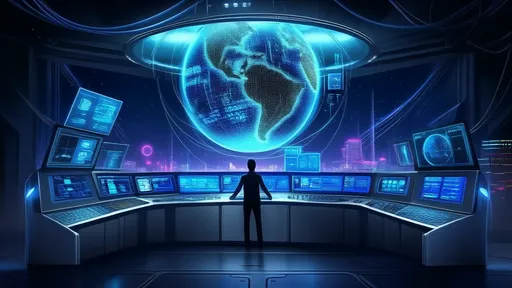
By /Jul 3, 2025
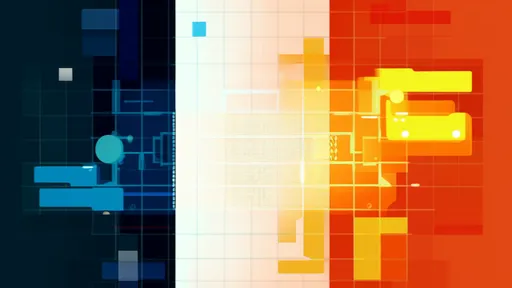
By /Jul 3, 2025
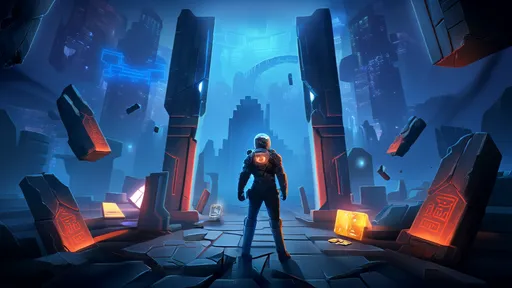
By /Jul 3, 2025
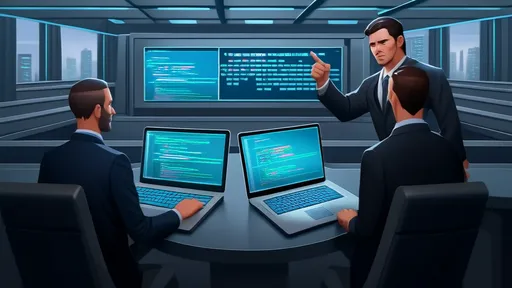
By /Jul 3, 2025
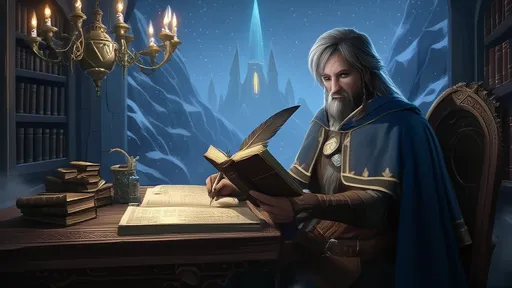
By /Jul 3, 2025
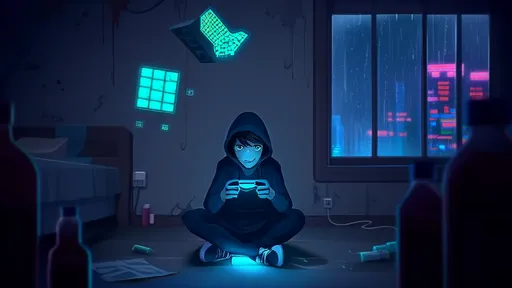
By /Jul 3, 2025
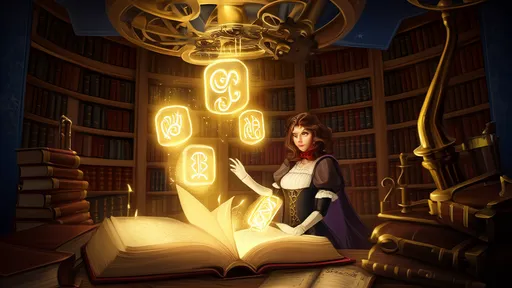
By /Jul 3, 2025
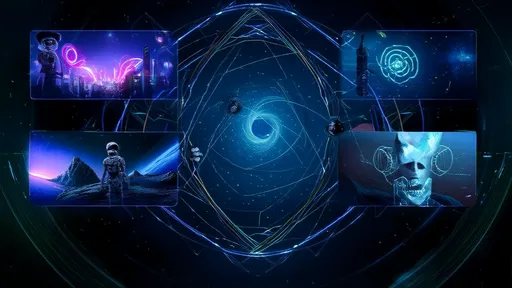
By /Jul 3, 2025

By /Jul 3, 2025
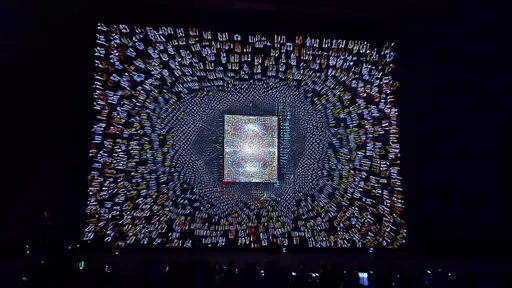
By /Jul 3, 2025

By /Jul 3, 2025
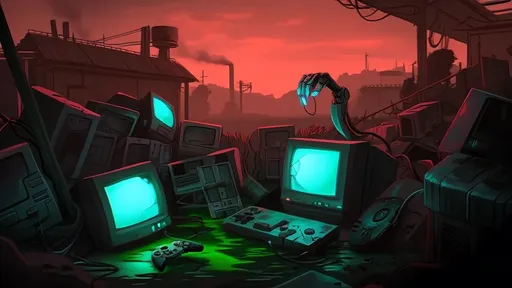
By /Jul 3, 2025
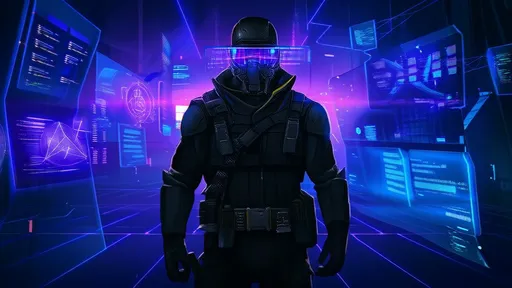
By /Jul 3, 2025
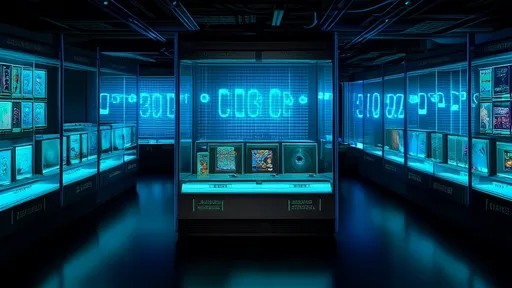
By /Jul 3, 2025

By /Jul 3, 2025

By /Jul 3, 2025
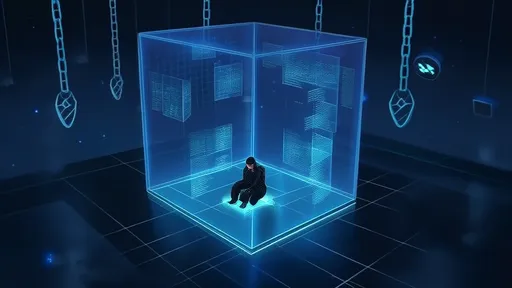
By /Jul 3, 2025
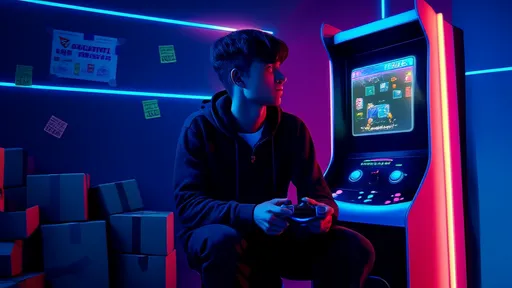
By /Jul 3, 2025